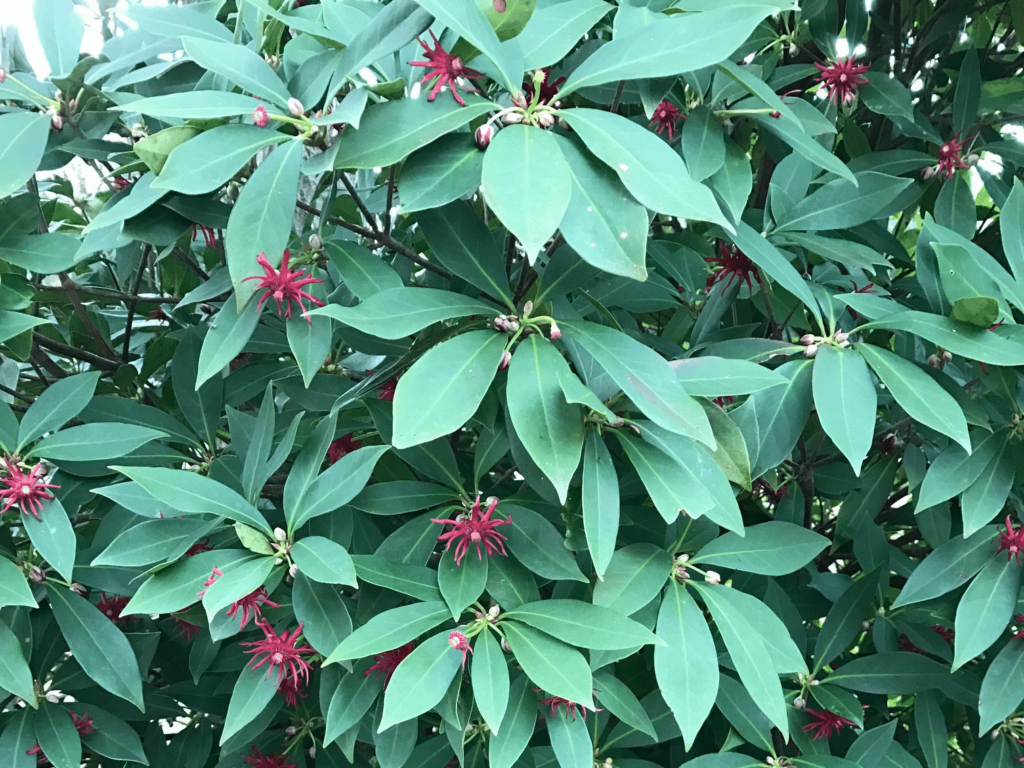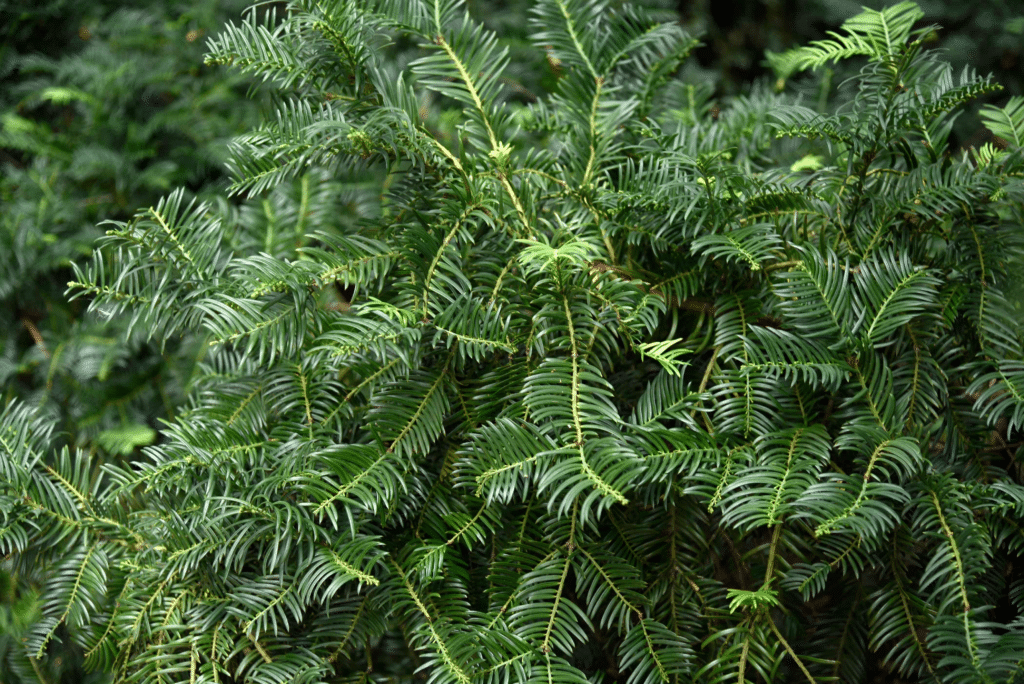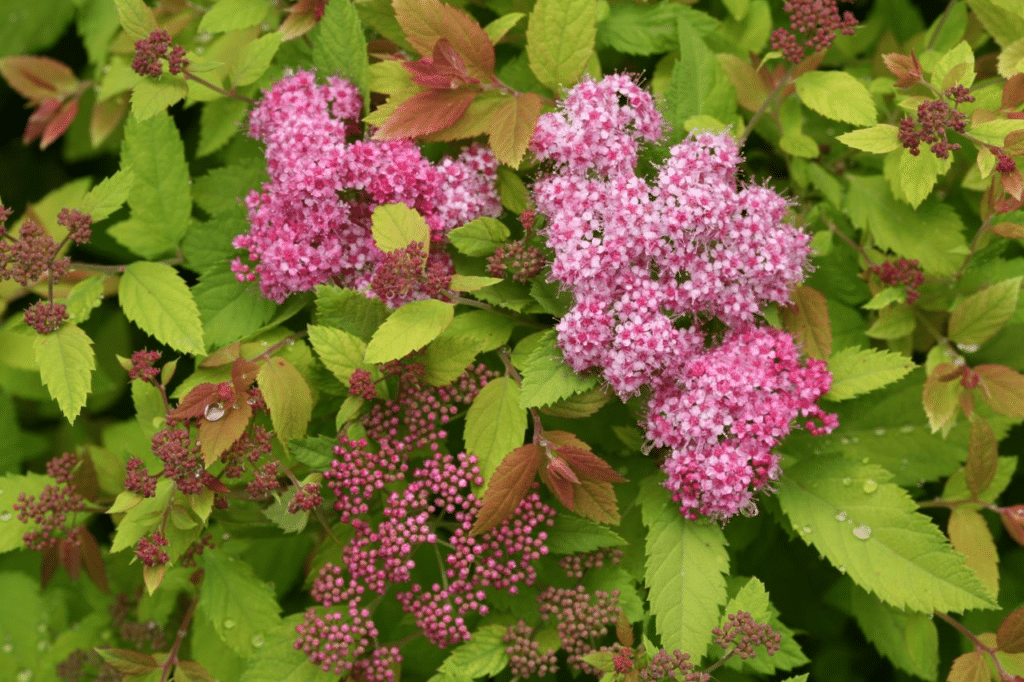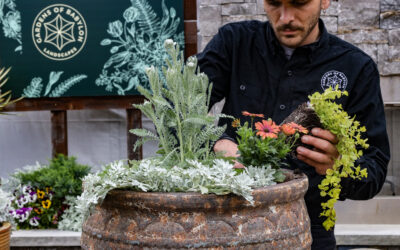–
Concerned that your evergreens have been permanently lost to the cold? Are you unsure of what to do next to replace your frost–ravaged shrubs? Worry no longer! Our VP of Operations, Dana, has the answers. In this video, she goes over three great varieties of plants that will serve as a brilliant replacement for any evergreens that didn‘t survive the winter chill. Here’s her recommendations:
1. Florida Anise
Florida Anise is an evergreen tree native to the southeastern United States. It produces clusters of small flowers in the late winter and early spring. The tree can reach heights of up to 15 feet and produces a sweet, licorice–like aroma when its leaves and berries are crushed. Historically, the tree has been used to make medicines, flavorings, and dyes. Its dried berries are often used to flavor fish, soups, and other dishes, while its oil is used in perfumes and soaps. Florida anise is also known for its ornamental value, as its glossy leaves and fragrant blossoms make it an attractive addition to any garden. It’s hardy from zones 6 to 9 so it’s going to be a great substitute for those Schip Laurels that you’ve had in your yard forever!
—
2. Plum Yews
Another plant that didn’t get nipped by the frost was the Plum Yews. They did very well throughout the cold, so planting more of those would be a great replacement evergreen. They’re native to East Asia and parts of the Himalayas, so they can really take the cold. They’re hardy from zones 6-9. It is an attractive shrub with glossy, dark–green leaves and clusters of white flowers in spring. The fragrant flowers have a sweet, fruity smell and are often used in perfumes and potpourri. Plum Yew is also used in traditional Chinese medicine to treat fever, colds, and headaches. It has been used in landscaping for centuries and is a popular choice for hedges, foundation plantings, and borders. Plum Yew is an easy–care plant that is tolerant of most soil types and does not require much pruning or maintenance.
—
3. Spirea
Another plant that survived the cold is Spirea. They are an heirloom plant, meaning that it has been passed down through generations, typically saved by family members due to its sentimental value. Heirloom plants are open–pollinated varieties, meaning they are pollinated by natural means such as wind, birds, insects, or other plants, rather than through human intervention. Spirea is hardy from zones 4-8, and produce small clusters of white, pink, red, or purple blossoms. The shrubs are usually deciduous, meaning they lose their leaves in the winter, but some varieties are evergreen. Spirea grows best in full sun, with fertile, well-drained soil, and regular watering. These shrubs are easy to care for and have few pest or disease problems. They are a great choice for low-maintenance landscaping and can be used to create a colorful, flowering hedge or border. Spirea is also a great choice for container gardening and can be pruned to create a desired shape.
To conclude, what we’ve learned through the frost is that sometimes, the best plant options are ones that have stood the test of time. Heirloom plants your grandmother may have had growing in her garden are still there for a reason!
Watch the full video here:









0 Comments